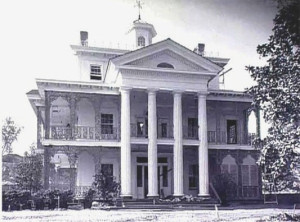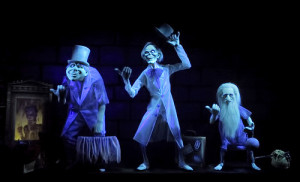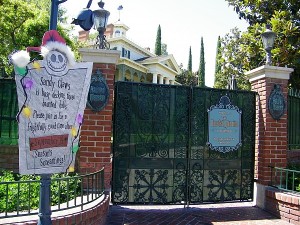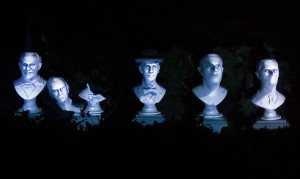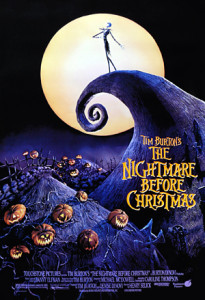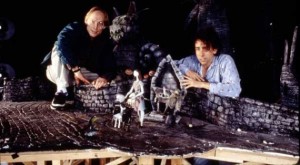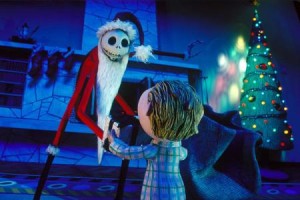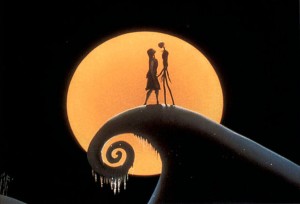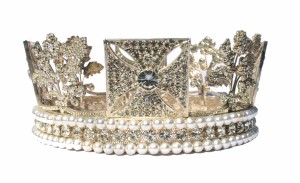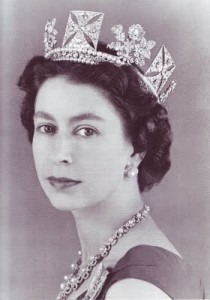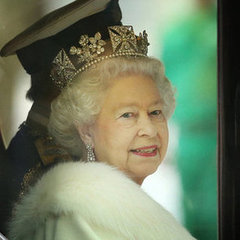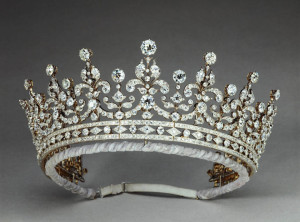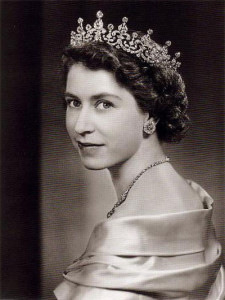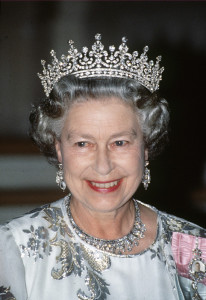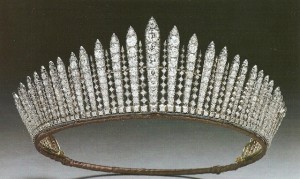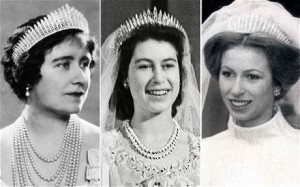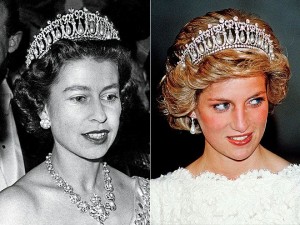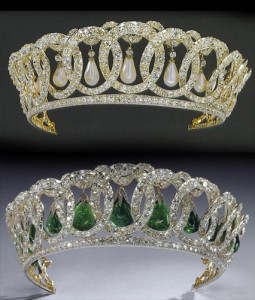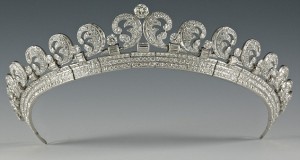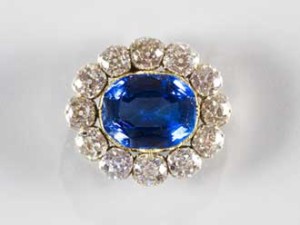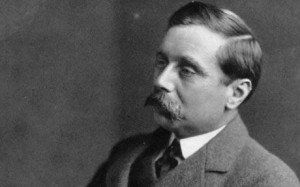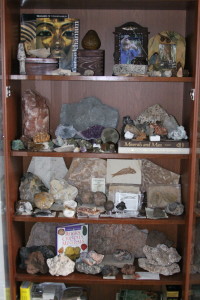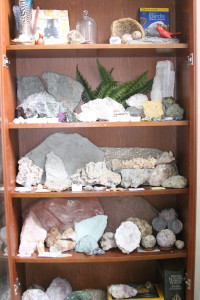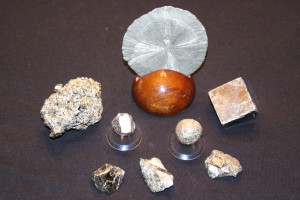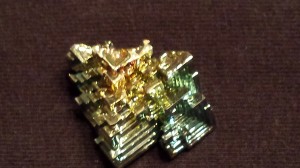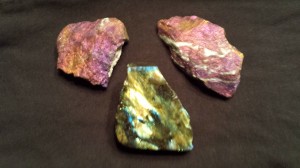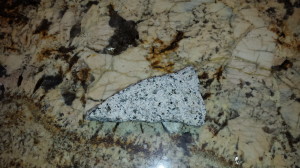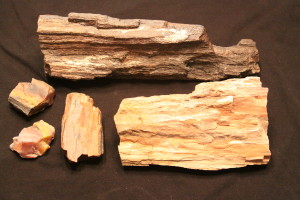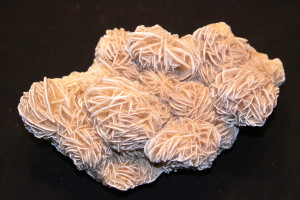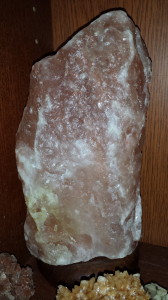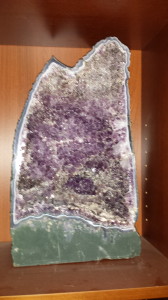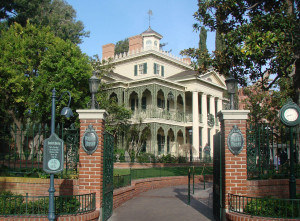 With the celebration of Halloween this month I thought it would be a great time to do a post about Disneyland’s Haunted Mansion located in Anaheim, CA. There is a Haunted Mansion attraction located in the other Disney Parks: Walt Disney World, Tokyo Disneyland, in Disneyland Paris it is known as Phantom Manor and the newest in located at Hong Kong Disneyland is known as Mystic Manor.
With the celebration of Halloween this month I thought it would be a great time to do a post about Disneyland’s Haunted Mansion located in Anaheim, CA. There is a Haunted Mansion attraction located in the other Disney Parks: Walt Disney World, Tokyo Disneyland, in Disneyland Paris it is known as Phantom Manor and the newest in located at Hong Kong Disneyland is known as Mystic Manor.
Back in the early 1950s, the original concept of Walt Disney’s Disneyland illustrated by legendary Imagineer Harper Goff was designed with an old manor house and adjoining graveyard on a hill overlooking the main street. Eventually the attraction was omitted from the plans and not included when Disneyland opened in 1955.
Years later when Disney was planning an expansion of the park to include New Orleans Square located between Frotierland and Adventureland, Disney Imagineer Ken Anderson was assigned the task of creating a story using the original concept of a “haunted manor” and developing it as a walk-through attraction. For inspiration Anderson traveled to New Orleans to study the architecture and designed an old plantation antebellum style manor in a state of disrepair. Disney had the plans revised because he thought a neglected looking building should not be located in his clean park. He famously said, “We will take care of the outside and the ghost can take care of the inside”.
Andersen came back with a new redesigned mansion and a basic story concept about a sea captain who kills his wife in a rage and then hangs himself when he sadly realizes the tragedy that he has caused. Additional Imagineers, Rolly Crump and Yale Gracey, were brought in to further develop the project. In the Disney tradition of fully researching a project, the Imagineers studied ghost hauntings and old horror movies for inspiration and they experimented with different types of special effects to further expand the basic storyline. Walt appreciated the ideas and the special effects that they were creating but he did not like the sinister stories that they were developing and the project was once again put on hold for several more years.
Disney announced the new attraction in 1961 even though Walt was still unhappy with the ride’s current concept. Construction on the building began in 1962 and the exterior of the “haunted manor” was completed by 1963. But the building stayed empty for several years as the Disney Imagineers worked on several other attractions for the New York World’s Fair of 1964-65 and then the project was further delayed when Walt suddenly died in 1966.
As the project continued a few years later for the newly renamed Haunted Mansion attraction, the concept changed significantly from a walk-through to a vehicle ride attraction using the Omnimover system that was developed for the Monsanto “Adventure Thru Inner Space” ride that Disney created for the New York World’s Fair. This new ride system would solve the problem of the original low capacity walk-through attraction. Now these new Omnimover vehices, renamed the Doombuggies, would be able to accommodate a much higher ride capacity using approximately 131 cars with an hourly guest capacity of over 2,400. These new ride vehicles would also help in the attraction’s storytelling because the Doombuggy could be rotated in any direction at any point in the ride and this would allow the Imagineers to control what the guests not only heard but saw throughout the ride.
Around this time Anderson left the project and several other Disney Imagineers, Marc Davis, Claude Coats and X Atencio, were brought in to develop the attraction’s interior. Coats was originally a Disney background artist and he wanted the attraction to be a scary adventure with a moody interior designed with endless hallways and a corridor of unusual doors. Davis was a Disney animator that wanted spooky characters and funny gags throughout the ride. X Atencio combined these two different concepts of scary and funny into an entertaining ride and he also wrote the lyrics for the ride’s theme song, “Grim Grinning Ghosts”.
The Haunted Mansion opened in August 1969 and the attraction was an immediate success and has proven to be one of Disneyland’s most popular rides. As mentioned previously in the post, The Nightmare Before Christmas movie, in October 2001 the attraction premiered the seasonal overlay featuring characters from Tim Burton’s 1993 movie and from mid-September to early January the attraction becomes “The Haunted Mansion Holiday”.
Disneyland’s Haunted Mansion Trivia
- As noted earlier, the Haunted Mansion original building stayed empty for several years before the Disney Imagineers moved forward with creating the ride attraction. For this reason, the Haunted Mansion that is seen from New Orleans Square is just the elaborate entrance to the ride; the show building that contains the actual ride is located outside the park’s berm or boundary. The Disneyland Railroad tracks that circle the park are directly behind the Haunted Mansion and in order to reach the main show building on the other side of the tracks there is an elevator cleverly disguised as the stretching room that takes guest down and the hallway with the changing portraits is really a tunnel where guests are actually walking under the railroad tracks and the Doombuggy boarding area is located on the other side of the tracks in the main show building.
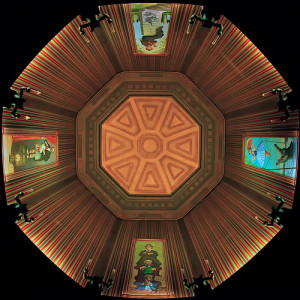
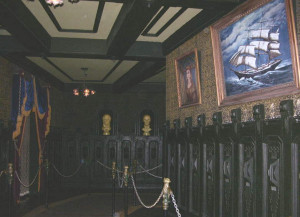
- As guests travel on their Doombuggy through the Haunted Mansion attraction they will notice a raven in every scene. Inspired by the Edgar Allan Poe’s poem, “The Raven” originally published in 1845, the Disney Imagineers planned on using these ravens as the narrator on earlier versions of the ride. The idea never made the final plan but the ravens have still remained in their original positions in each scenes.
- As guests travel through the ballroom scene in the Disneyland Haunted Mansion, just before leaving this section in one of the last plexiglass panels look for a bullet hole caused by a gunshot from someone years ago, it is cleverly disguised with a spider web.
- Before leaving the ballroom scene look for the large organ at the end of the room being played by a ghost organist, the organ was actually a prop from the 1954 Disney movie “20,000 Leagues Under the Sea”.
- Originally in the attic scene there was briefly a “Hat Box Ghost”. Located near the end of the room, on the left there was a bride and on the right was a groom holding a hat box. The groom’s head would slowly disappear and then reappear inside the hatbox and then the illusion would continue cycling back and forth. The special effect never worked quite right and was soon removed from the attic scene and the bride was repositioned from the left to her present position on the right side.
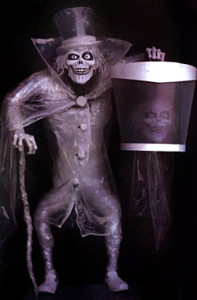
- One the signing busts at the end of the graveyard scene is not Walt Disney. The bust that is confused as being the face of Walt is actually modeled after Thurl Ravenscroft who provides the deep bass voice heard in the theme song of the Haunted mansion, “Grim Grinning Ghosts”. Ravenscroft sang in a popular quartet known as the Mellomen that provided backup vocals for many popular recording artists such as Rosemary Clooney, Bing Crosby, Doris Day and even Elvis Presley. The group went on to sing in several Disney movies, such as Alice in Wonderland, Peter Pan and Lady and the Tramp. Ravenscroft is best known as the voice of Tony the Tiger from the cereal commercials.
Be sure to check out the five part Disneyland series for information about the history and park information about the eight different “lands”. Part One – The history of Disneyland, Part Two – Main Street and Fantasyland, Part Three – Adventureland and Frontierland, Part Four – New Orleans Square and Critter Country, Part Five – Tomorrowland and Mickey’s Toontown.

